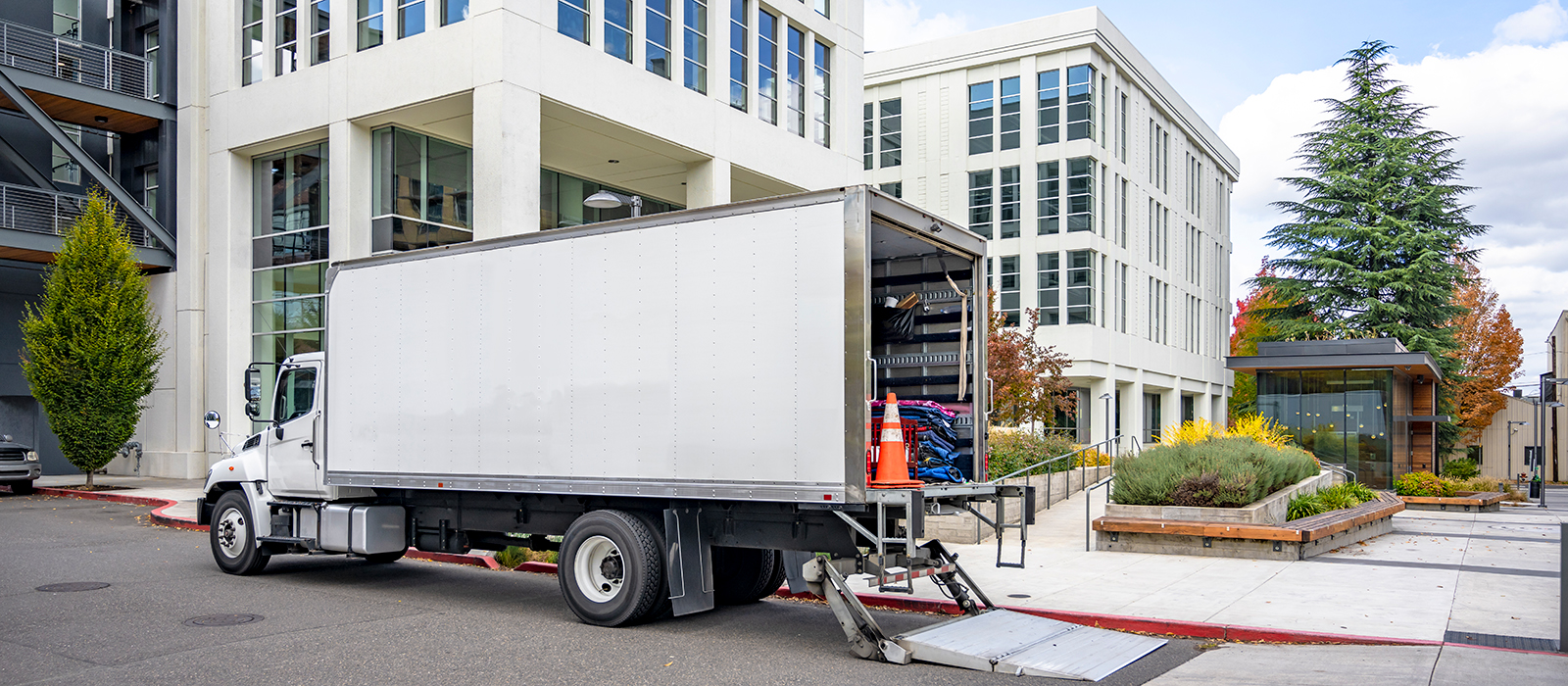Workplace Violence: How to Prevent, Prepare and React to an Armed Intruder

Any workplace can be vulnerable to violence, but having a plan in place to prevent, prepare and react to an armed intruder or active shooter is the best way to minimize severity and save lives. With the frequency of shooting incidents increasing, it’s more important than ever for workplaces to be prepared. In fact, assaults are the fourth leading cause of workplace deaths, accounting for 458 fatalities in 2017.
While you can’t plan for every scenario, you can take proactive steps to manage your risk of an armed intruder or active shooter entering your workplace. Though many attacks by active shooters are seemingly random, an armed intruder in the workplace may be more likely to seek out a specific individual to harm, such as a former co-worker, supervisor, healthcare provider or domestic partner. In addition to situations with disgruntled employees turning violent, facilities that conduct controversial laboratory research may be at risk for protest violence.
Yet, even considering these more common scenarios, workplace violence often cannot be predicted — but there are steps you can take to help prevent it.
Preventing an Armed Intruder in the Workplace
First thing’s first: how secure is your facility?
Additional security measures can be all it takes to thwart the plans of a dangerous intruder. Conduct a thorough risk assessment of your facility to identify areas where security can be increased. You may want to consider implementing proactive measures to limit access to your facility, depending on your specific risk, such as locking your parking garage or installing authorized card access. If your facility is at high risk, you may also want to consider staffing security guards or installing a CCTV system.
Further, make sure when temporary access is granted — to contractors or short-term employees, for instance — that ID badges, passwords and security codes are recovered and changed after the engagement ends.
Beyond safeguarding your facility, another important prevention tactic is awareness. All members of the workplace should understand potential warning signs and know how to share them with the appropriate parties, whether security staff, human resources department or a supervisor. In more than half of shooting incidents, the perpetrator had a professional or academic relationship with at least one of the victims. Plus, in many instances, the perpetrator exhibited behaviors prior to the attack that were later identified as red flags, such as threats, harassment, abuse, stalking or even speaking openly about their intentions, whether in a serious or joking manner.
By educating employees on potential warning signs and establishing clear and supportive channels for reporting such behavior, your workplace could potentially stop or prevent an attack from occurring.
Preparing for an Armed Intruder in the Workplace
While prevention is important, your workplace also needs to have a dedicated plan in place for what to do during a potential instance of violence. All employees should be trained on proper exit procedures, escape routes and hiding places. Though it can be difficult to prepare for such an event, develop a clear protocol and hold regular drills or tabletop exercises.
Additionally, all of your employees should be familiar with the steps they’ll need to take should an active shooter enter your facility: run, hide, fight.
Reacting to an Armed Intruder in the Workplace
Every armed intruder situation is different. However, here are four important steps that everyone should know:
- If possible, notify authorities.
If you hear gunshots and believe an active shooter may be present, notify authorities immediately, as long as it is safe to do so. Dial 9-1-1 from a landline or cell phone, or send an emergency text to 9-1-1 if that is an option in your area. Share as much information as possible about your location and the situation. Depending on how the situation unfolds, you may need to prioritize your own safety before calling for help. - Run.
Your immediate reaction should be to put as much distance between yourself and the shooter as possible. Don’t worry about your belongings, just quickly consider possible exit routes and evacuate to safety. If possible, help others escape, but take action regardless of whether others agree to follow you. As you run, take a “zig-zag” path and get to the nearest safe location to take cover. One important thing to remember as you exit your building: don’t pull the fire alarm. This could cause unaware employees to empty into corridors and create easy targets for the shooter. - Hide.
If you do not believe you can safely escape, find a hiding place and bring as many others in from open spaces as you can. Barricade doors with heavy furniture, turn off the lights and tie-off the door hinge, if possible. Silence any electronics that could give away your position and hide in the corner or behind other furniture until police clear your area. - Fight.
If running or hiding is not an option and your life is in imminent danger, you have the option to fight back. This will require decisive, aggressive action, ideally from multiple people. Work as a team to swarm the intruder; for example, one person tackle the knees, another strike the head and a third go for the weapon. If possible, look for an opening when the intruder is distracted or vulnerable, like during a reload or while opening a door with one hand. Keep in mind that everyday objects, such as hot coffee, fire extinguishers, chairs and trash cans can be improvised as weapons.
When law enforcement arrives to eliminate the threat, make sure you keep both hands visible at all times and don’t interfere with their ability to do their job. Since their main goal is to locate the intruder, they won’t be able to stop to help or answer your questions. Instead, just follow instructions, provide any helpful information you may have — such as the direction of the intruder — and wait for further direction.
Recovering from an Armed Intruder in the Workplace
The process of returning to normal operations may take awhile. Utilize your organization’s business continuity plan to address the condition and safety of the facility, equipment, information technology and communication systems. In the aftermath of a crisis, support and counseling services may be necessary, as well as taking a modified approach to returning to full operation. Be patient, communicate openly with your employees and begin assessing future prevention efforts.
References:
https://www.ready.gov/active-shooter
https://www.dhs.gov/sites/default/files/publications/active_shooter_pocket_card_508.pdf
https://www.nytimes.com/2018/02/16/us/survive-active-shooter.html
https://www.nsc.org/work-safety/safety-topics/workplace-violence
Subscribe
to our blog
"*" indicates required fields





